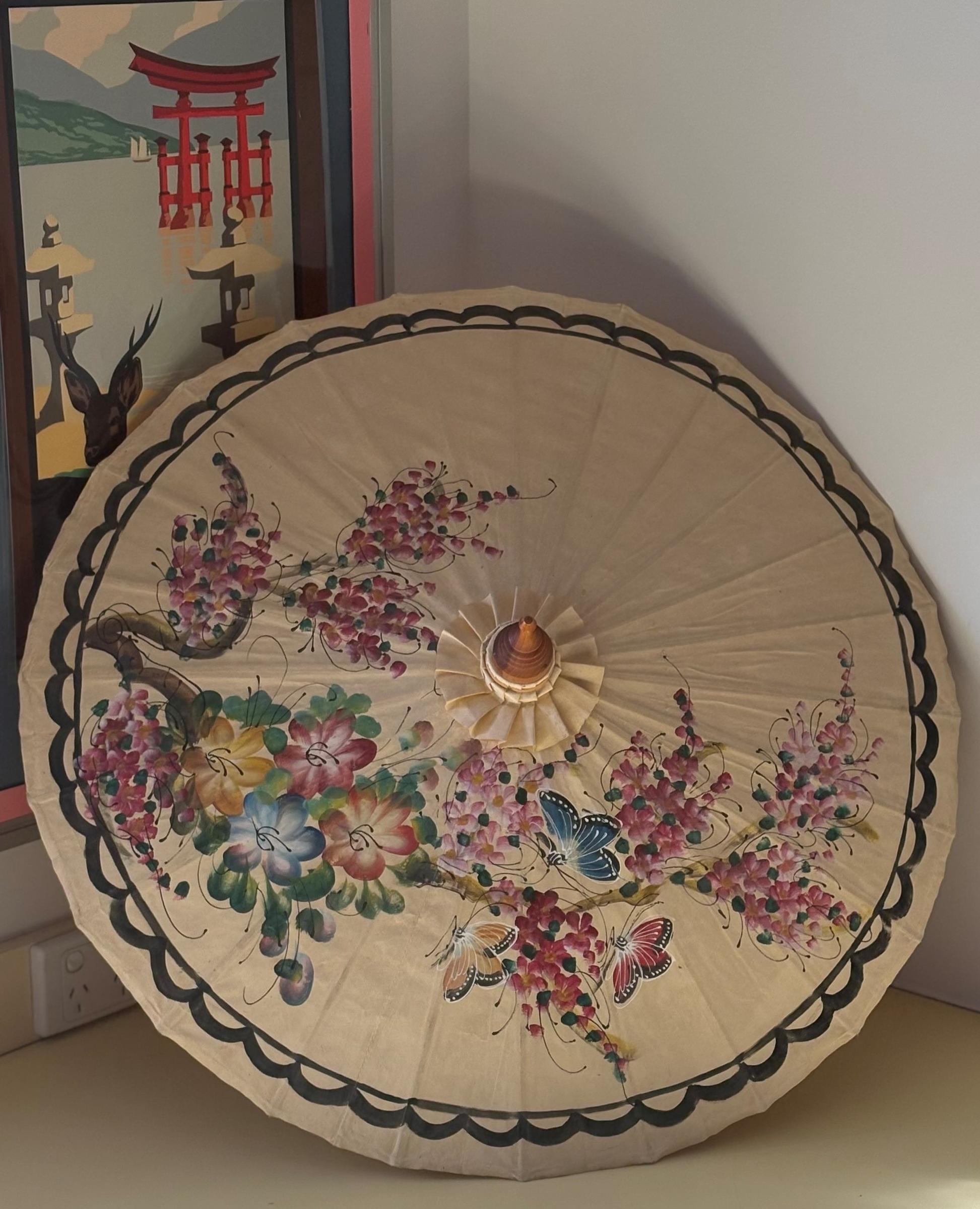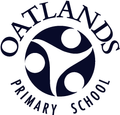Japanese

Konnichi wa!
こんにちは
Preps
Prep students have continued to practice counting from 1-10 in Japanese this term and matching up the kanji characters to the matching numbers.
1. 一 いち (ichI)
2. 二 に (ni)
3. 三 さん (san)
4. 四 よん (yon)
5. 五 ご (go)
6. 六 ろく (roku)
7. 七 なな (nana)
8. 八 はち (hachi)
9. 九 きゅう (kyuu)
10. 十 じゅう (juu)
They have also been introduced to the first 11 hiragana characters. Hiragana are one of three writing systems used in Japan. They are similar to the English alphabet and each character represents a sound. Students have been learning picture stories to help them to remember each of the characters. Prep students have been learning the one-stroke hiragana characters:
く(ku)、し(shi)、そ(so)、つ(tsu)、て(te)、の(no)、ひ(hi)、へ(he)、る(ru)、ろ(ro) and ん(n)
Grade One
Grade One students this term have been continuing to practice learning their two-stroke hiragana characters:
い(i)、う(u)、え(e)、こ(ko)、す(su)、ち(chi)、と(to)、ぬ(nu)、ね(ne)、み(mi)、め(me)、ゆ(yu)、よ(yo)、ら(ra)、り(ri)、れ(re) and わ(wa)
This term, students have been introduced to the Japanese version of the story ‘The Enormous Turnip’. Throughout this unit, students will learn some names of objects and nouns, as well as begin to retell the story in Japanese.
大きい (o.ki.i - big)
かぶ (ka.bu - turnip)
おじいさん (o.ji.i.sa.n - grandfather)
おばあさん (o.ba.a.sa.n - grandmother)
まごちゃん (ma.go chya.n - Mago)
犬 (i.nu - dog)
ねこ (ne.ko - cat)
ねずみ (ne.zu.mi - mouse)
Grade Two
Grade Two students have been continuing to practice their three-stroke and four-stroke hiragana characters:
あ (a)、お (o)、か (ka)、け (ke)、さ (sa)、せ (se)、に (ni) 、は (ha) 、ま(ma)、む(mu) 、も(mo) 、や(ya) 、を(wo) 、き(ki)、た(ta) 、な(na)、ふ(fu) and ほ(ho)
Students have also been introduced to months of the year in Japanese. They will use their knowledge of these to ask and answer questions to others about what month of the year they were born in.
January 一月 (i.chi ga.tsu)
February 二月 (ni ga.tsu)
March 三月 (sa.n ga.tsu)
April 四月 (shi ga.tsu)
May 五月 (go ga.tsu)
June 六月 (ro.ku ga.tsu)
July 七月 (shi.chi ga.tsu)
August 八月 (ha.chi ga.tsu)
September 九月 (ku ga.tsu)
October 十月 (juu ga.tsu)
November 十一月 (juu i.chi ga.tsu)
December 十二月 (juu ni ga.tsu)
Grade Three
Grade Three students have recently been introduced to the words for family members in Japanese. They will use these to ask and answer questions about their own family in Japanese, including how many people and who is in their family.
おばあさん (o.ba.a.sa.n - grandmother)
おじいさん (o.ji.i.sa.n - grandfather)
お母さん (o.ka.sa.n - mother)
お父さん (o.to.sa.n - father)
おねえさん (o.ne.e.sa.n - older sister)
おにいさん (o.ni.i.sa.n - older brother)
いもうと (i.mo.o.to - younger sister)
おとうと (o.to.o.to - younger brother)
Grade Four
Grade Four students have been having fun learning about parts of the body in Japanese. By singing the popular song, ‘Heads, Shoulders, Knees and Toes’ in Japanese, students will be able to read and write sentences using their new vocabulary. Students will be able to perform role plays with others.
目 (me - eye)
て (te - hand)
は (ha - tooth)
はな (ha.na - nose)
ゆび (yu.bi - finger)
かた (ka.ta - shoulder)
うで (u.de - arm)
おなか (o.na.ka - stomach)
あたま (a.ta.ma - head)
耳 (mi.mi - ears)
あし (a.shi - legs/feet)
あしのゆび (a.shi.no.yu.bi - toes)
ひざ (hi.za - knees)
くび (ku.bi - neck)
のど (no.do - throat)
Grade Five
Grade Five students have started their unit learning about Sumo Wrestlers in Japanese. During the unit they will be learning some self-introductions as a Sumo wrestler, including learning how to introduce their name, age, nationality, height and weight to another Sumo wrestler. Students have been having fun learning how to make numbers bigger than one hundred in Japanese.
百 (hi.ya.ku - one hundred)
Grade Six
This term Grade Six students have continued their unit called ‘On Your Holidays’ They have been learning the words for a number of different location words, as well as being able to ask and respond to where they went on their holidays. They have also started to be introduced to some adjectives in Japanese, sharing their opinions of what they thought of these locations.
Question: 休み に どこ に 行きました か。ya.su.mi. ni. do.ko. ni. i.ki.ma.shi.ta? (Where did you go on your holidays?)
Answer: LOCATION に 行きました。LOCATION ni. i.ki.ma.shi.ta.
海 (u.mi - beach)
海外 (ka.i.ga.i - overseas)
山 (ya.ma - mountain)
川 (ka.wa - river)
町 (ma.chi - city)
えいが (e.i.ga - movies)
プール (pu-ru - pool)
友達 の 家 (to.ma.da.chi no. u.chi - friend’s house)
Brown Sensei
Until next time,
Sayounara
さようなら
